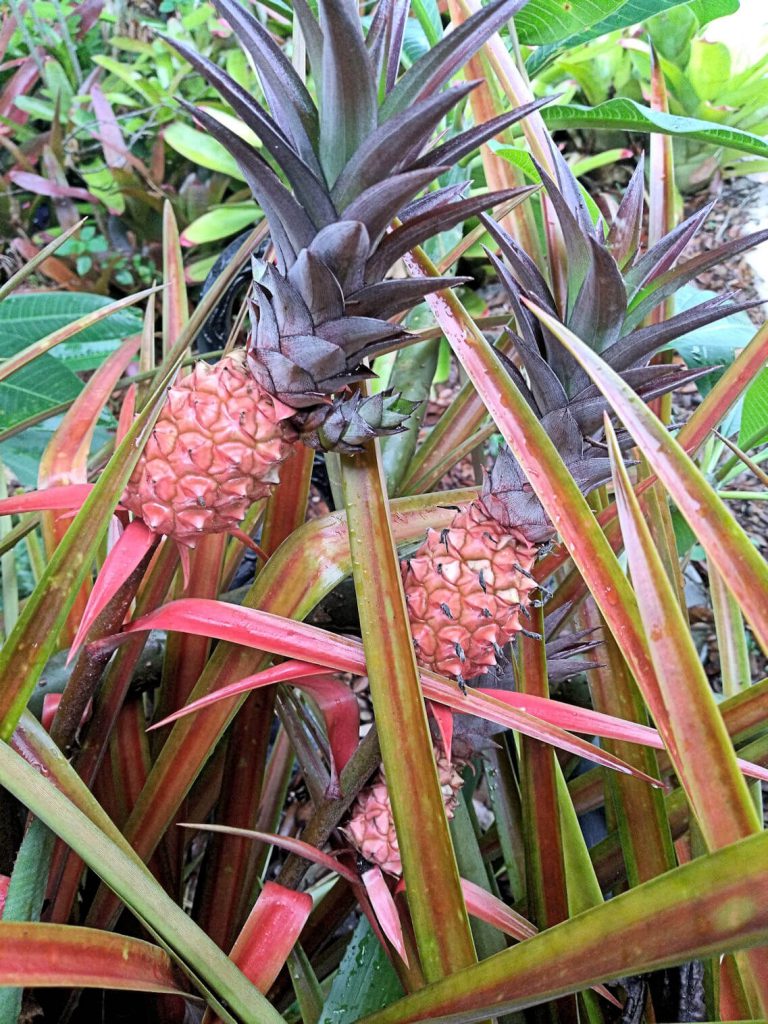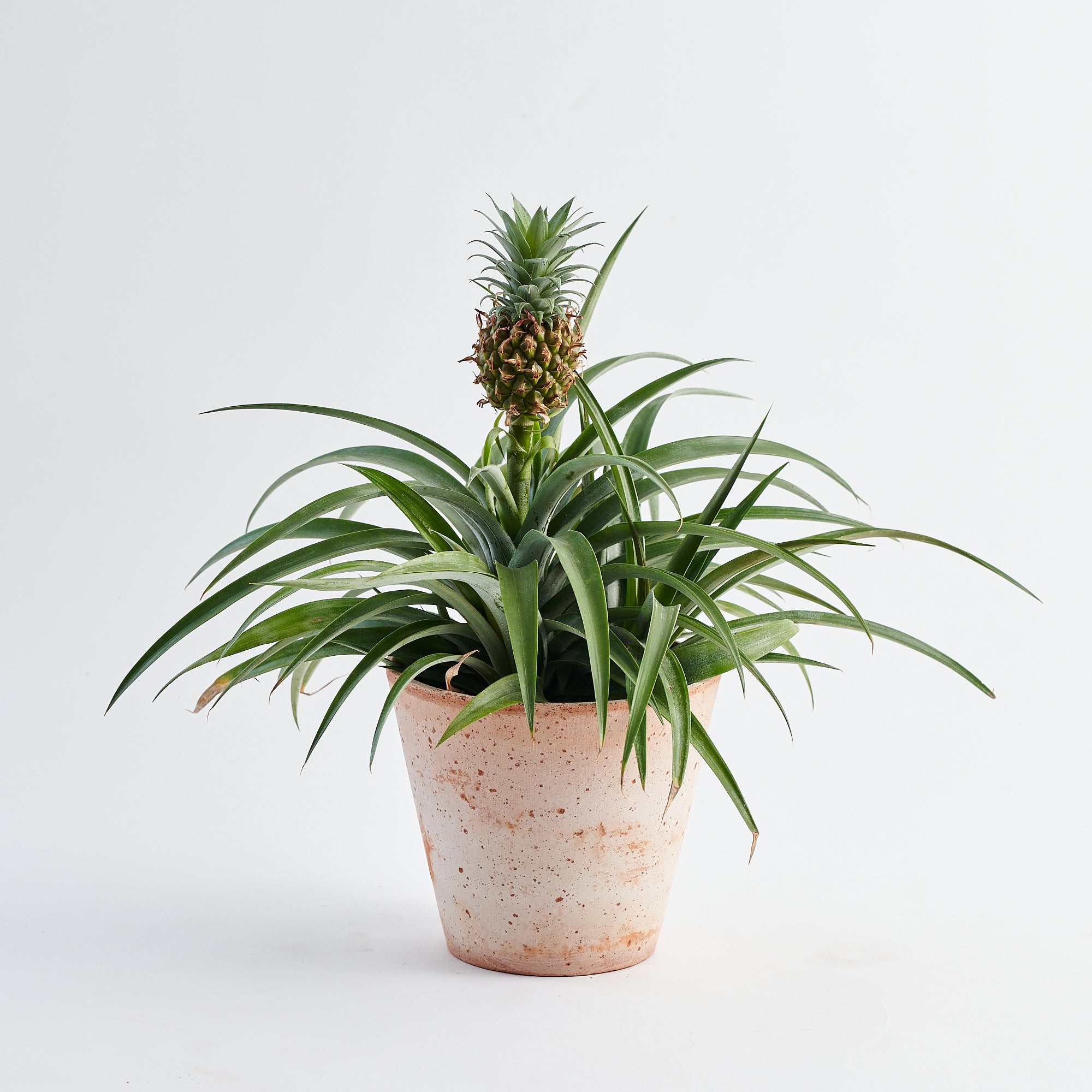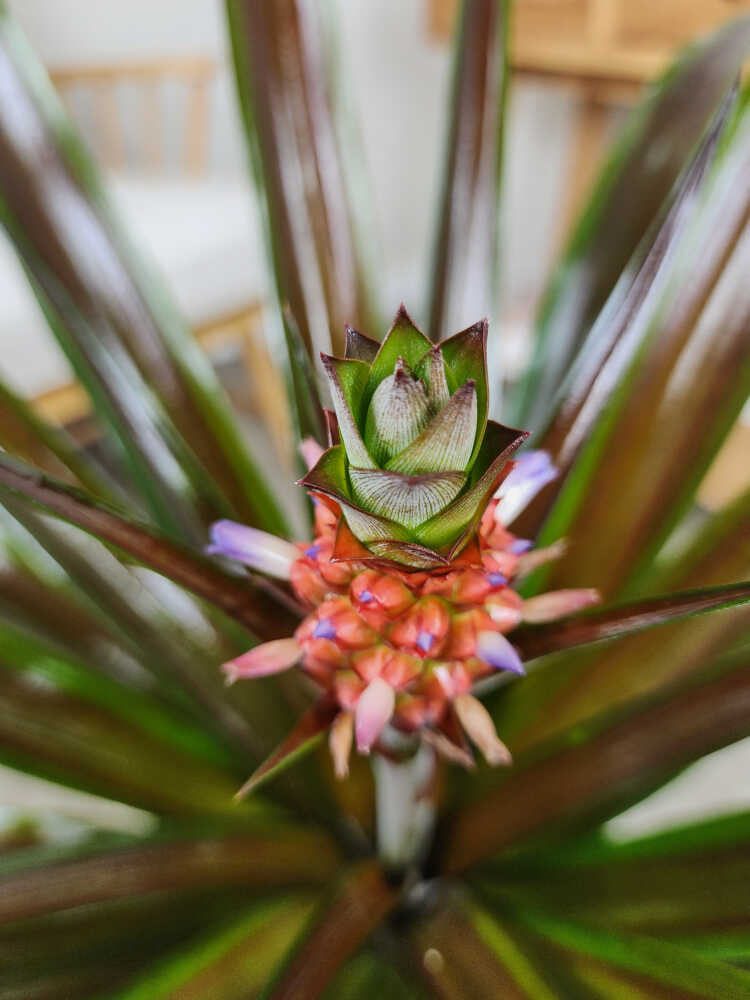Welcome to the fascinating world of decorative pineapple plants! Whether you’re a seasoned plant parent or just starting your journey, this guide will arm you with everything you need to know about these unique and eye-catching houseplants. From care tips to personal anecdotes, let’s dive into what makes the decorative pineapple plant a must-have for your home.
What is a Decorative Pineapple Plant?
The decorative pineapple plant, often referred to as Ananas comosus, is not just any ordinary plant; it is a tropical marvel known for its striking foliage and the potential to produce delicious fruit. This charming plant serves as an excellent conversation starter and can brighten up any space.
Physical Characteristics
The decorative pineapple plant typically features long, narrow leaves that radiate from a central crown, resembling a rosette. The leaves can range from deep green to variegated patterns, depending on the specific variety. Once the plant matures, it may bloom with a stunning flower that eventually gives way to the fruit.
Popular Varieties of Decorative Pineapple Plants
- Ananas comosus ‘Variegatus’ – Known for its striking yellow and green striped leaves.
- Ananas comosus ‘Purple’ – Features a unique purple tint on the leaves.
- Ananas comosus ‘Miniature’ – A compact variety ideal for small spaces.
Why Choose a Decorative Pineapple Plant?
Aside from their unusual appearance, decorative pineapple plants offer a plethora of benefits that make them a great addition to your home.

Benefits of Having a Decorative Pineapple Plant
- Air Purification: These plants can help improve indoor air quality by filtering toxins.
- Unique Aesthetic Appeal: Their bright foliage and interesting shape can enhance any décor.
- Low Maintenance: Perfect for beginners, they require minimal care compared to other houseplants.
How to Care for Your Decorative Pineapple Plant
Taking care of your decorative pineapple plant is easier than you might think. Here’s a detailed guide on how to keep it healthy and thriving.

Light Requirements
Decorative pineapple plants thrive in bright, indirect light. A spot near a window where they can receive filtered sunlight is ideal. Direct sunlight can scorch the leaves, so ensure they are protected during peak hours.
Watering Your Pineapple Plant
Watering is crucial for your pineapple plant’s health. Here’s how to do it right:
- Water when the top 1-2 inches of soil are dry.
- Ensure proper drainage to prevent root rot.
- In winter, reduce the watering frequency as the plant’s growth slows down.

Soil and Fertilization
The best soil for a decorative pineapple plant is well-draining, lightweight potting mix. Consider a mix that contains sand or perlite for optimal drainage. Fertilization can help your plant thrive:
- Use a balanced liquid fertilizer every 4-6 weeks during the growing season.
- In winter, fertilization can be reduced since the plant is not actively growing.
Temperature and Humidity
These plants prefer warmer temperatures, thriving in a range of 65°F to 80°F (18°C to 27°C). They also appreciate humidity, so consider misting them occasionally or placing a humidifier nearby.

Common Pests and Problems
Keeping an eye out for common pests can help maintain your plant’s health. Watch for:
- Spider Mites: Small, red pests that can cause yellowing leaves.
- Mealybugs: White, cottony bugs that cluster in leaf axils.
- Scale: Hard, shell-like pests that can be scraped off manually.
Using Natural Remedies
In case of infestations, consider using natural remedies such as neem oil or insecticidal soap. Always perform a patch test before applying any solution to your entire plant.

Personal Experiences with Decorative Pineapple Plants
As someone who has adored pineapple plants for years, I can attest to their charm and resilience. My first decorative pineapple plant, gifted by a friend, blossomed beautifully within months. Watching it grow and eventually produce a fruit was incredibly rewarding. I’ve experimented with different potting mixes and water regimes, and it’s fascinating how they respond to your care. Every time I repot or fertilize it, I feel like I’m nurturing a little piece of the tropics in my home.
My Favorite Pineapple Plant Varieties
| Variety | Characteristics | Care Difficulty |
|---|---|---|
| Ananas comosus ‘Variegatus’ | Yellow and green striped leaves | Easy |
| Ananas comosus ‘Purple’ | Unique purple hue | Moderate |
| Ananas comosus ‘Miniature’ | Compact size for small spaces | Easy |

Creating the Perfect Environment for Your Decorative Pineapple Plant
Successfully growing a decorative pineapple plant involves setting the right environment. Here are some tips to enhance your plant’s surroundings:
Choosing the Right Pot
Pick a pot that complements your plant’s aesthetic while providing adequate drainage. Terracotta pots are excellent for airflow and moisture control.
Decorative Placement Ideas
Consider placing your pineapple plant in decorative pots or stands. Here are a few ideas:
- On a bookshelf for an elegant touch.
- On your kitchen counter, where it can receive sunlight and be in close proximity to your cooking.
- In bright areas of your living room to attract attention.
Pros and Cons of Growing a Decorative Pineapple Plant
| Pros | Cons |
|---|---|
| Unique and attractive appearance | Requires specific light conditions |
| Air-purifying qualities | Can attract pests if not monitored |
| Low-maintenance | Fruit production can take time |
Frequently Asked Questions About Decorative Pineapple Plants
1. Can I grow a pineapple plant indoors?
Absolutely! Decorative pineapple plants thrive indoors with proper care, making them perfect for houseplant enthusiasts.
2. How long does it take for a pineapple plant to produce fruit?
Typically, it takes about 18-24 months for a pineapple plant to produce fruit after planting, but this can vary based on environmental conditions.
3. Do pineapple plants need a lot of sunlight?
Pineapple plants prefer bright, indirect light. Too much direct sunlight can scorch their leaves, so finding a balance is crucial.
4. Are decorative pineapple plants toxic to pets?
No, pineapple plants are considered non-toxic to both cats and dogs. However, it’s always best to monitor pets around plants.
5. How can I propagate my decorative pineapple plant?
You can propagate your plant by cutting off the crown of a mature pineapple and planting it in soil. Ensure proper moisture and lighting to encourage growth.
Conclusion: Embrace the Charm of Decorative Pineapple Plants
In conclusion, decorative pineapple plants are a fantastic addition to any home. With their unique aesthetics, air-purifying benefits, and relatively easy care, these plants offer much more than meets the eye. So why not bring a little tropical vibe into your living space and enjoy the beauty of a decorative pineapple plant today?
Happy planting!